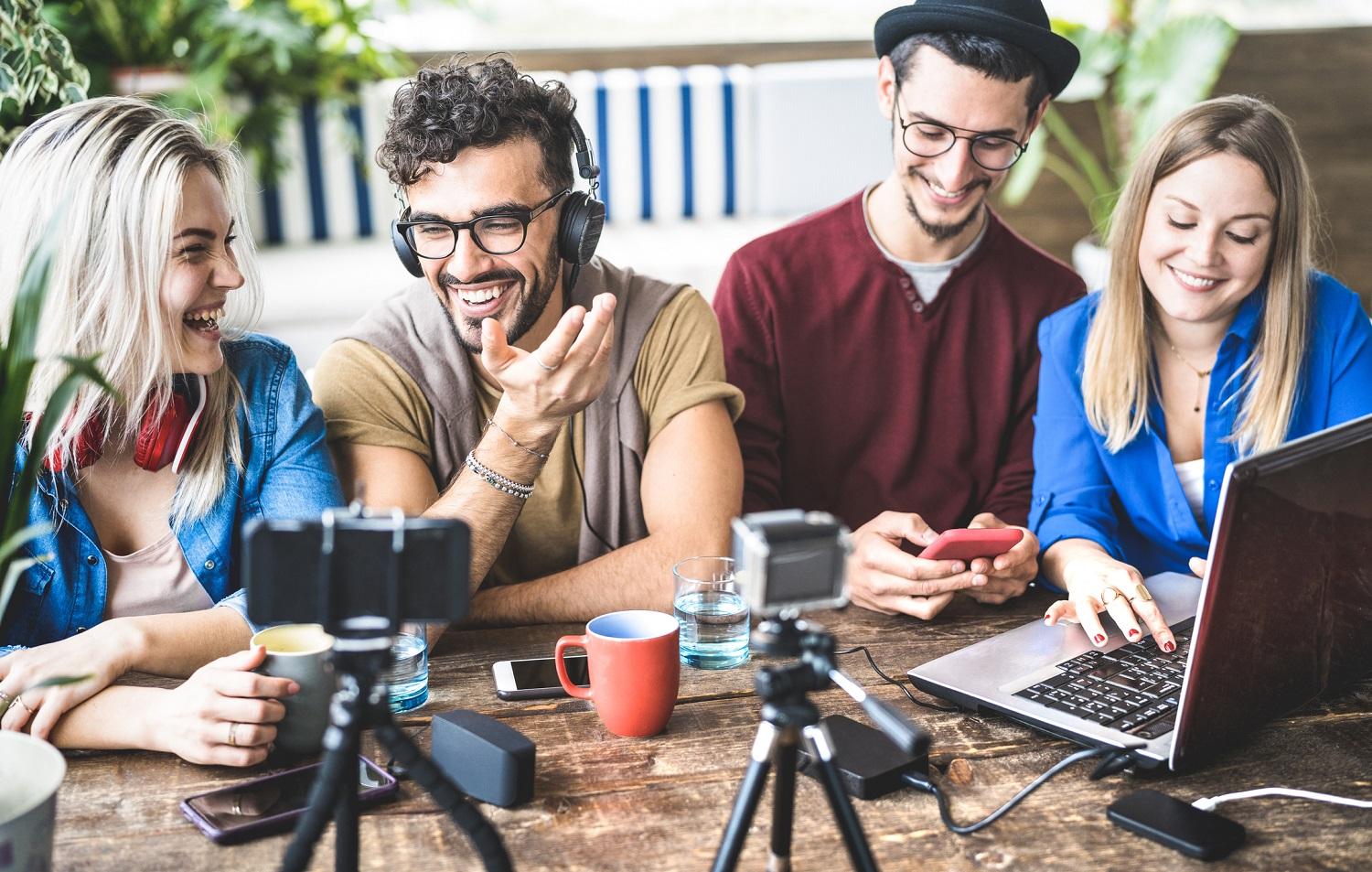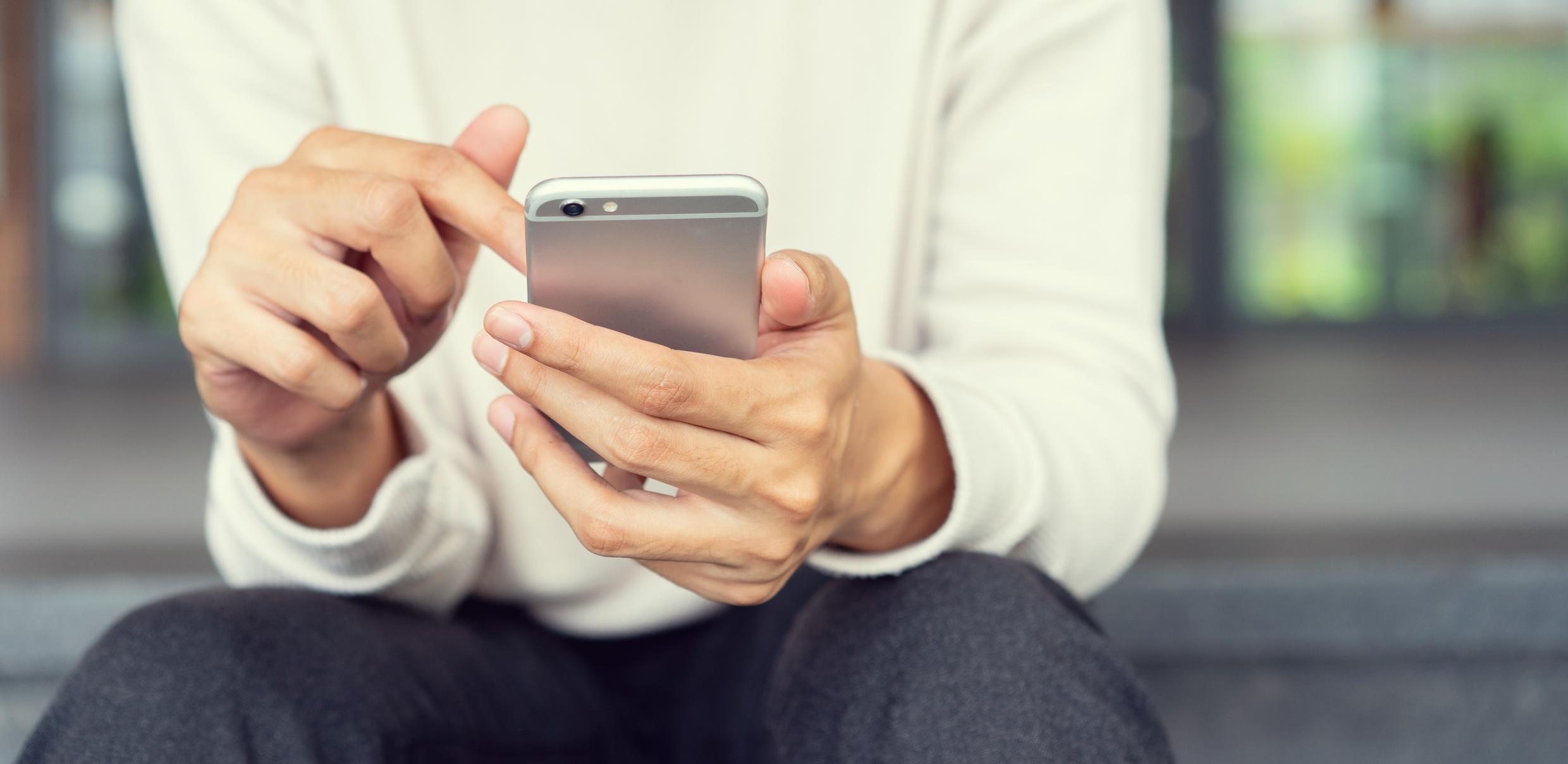MENU
Starting a Business
- Best Small Business Loans
- Best Business Internet Service
- Best Online Payroll Service
- Best Business Phone Systems
Our Top Picks
- OnPay Payroll Review
- ADP Payroll Review
- Ooma Office Review
- RingCentral Review
Our In-Depth Reviews
Finance
- Best Accounting Software
- Best Merchant Services Providers
- Best Credit Card Processors
- Best Mobile Credit Card Processors
Our Top Picks
- Clover Review
- Merchant One Review
- QuickBooks Online Review
- Xero Accounting Review
Our In-Depth Reviews
- Accounting
- Finances
- Financial Solutions
- Funding
Explore More
Human Resources
- Best Human Resources Outsourcing Services
- Best Time and Attendance Software
- Best PEO Services
- Best Business Employee Retirement Plans
Our Top Picks
- Bambee Review
- Rippling HR Software Review
- TriNet Review
- Gusto Payroll Review
Our In-Depth Reviews
- Employees
- HR Solutions
- Hiring
- Managing
Explore More
Marketing and Sales
- Best Text Message Marketing Services
- Best CRM Software
- Best Email Marketing Services
- Best Website Builders
Our Top Picks
- Textedly Review
- Salesforce Review
- EZ Texting Review
- Textline Review
Our In-Depth Reviews
Technology
- Best GPS Fleet Management Software
- Best POS Systems
- Best Employee Monitoring Software
- Best Document Management Software
Our Top Picks
- Verizon Connect Fleet GPS Review
- Zoom Review
- Samsara Review
- Zoho CRM Review
Our In-Depth Reviews
Business Basics
- 4 Simple Steps to Valuing Your Small Business
- How to Write a Business Growth Plan
- 12 Business Skills You Need to Master
- How to Start a One-Person Business
Our Top Picks
How Influencer Marketing Fraud Scams Businesses

Table of Contents
Businesses strive to go where the market is. But some struggle with how to reach a new generation of consumers. If your brand seems out of touch, it can come off as pandering. This media-savvy generation can smell insincerity from a mile away.
What they want is authenticity.
So, many business owners turn to marketing professionals to generate the kind of scientifically tested content that meets millennials where they live: in the world of social media. Some have decided that connecting with a popular media influencer is a great way to do that.
Editor’s note: Looking for the right online marketing service for your business? Fill out the below questionnaire to have our vendor partners contact you about your needs.
What is influencer marketing fraud?
Social media celebrity is becoming big business. It seems like everyone and their brother has a monetized YouTube channel or trending Instagram account. With all of the instant celebrity – as well as the bank accounts and benefits that come with it – many people are defrauding their way onto the social media marketing gravy train.
Popular influencers have a million followers or more, and top influencers have followers numbering in the tens of millions. It’s estimated that in 2023 brands will be spending close to $21.1 billion to get some of that market share, according to the Influencer Marketing Benchmark Report 2023.
However, fake influencers can deceive companies by purchasing followers to make their accounts look bigger and manipulating social media statistics to entice brands to work with them. Fake influencers take your time and money with little remorse.
Influencer fraud goes beyond bots and fake accounts, which major social media platforms claim to be working hard to clean up. It’s vital that you educate yourself on influencer marketing fraud scams to protect your business from a loss in revenue or, worse, brand reputation.
How to spot a fake influencer
Even some legitimately popular social media stars unintentionally contribute to the fraud. The nature of social media celebrities, the rise and fall of trendy platforms, and the fleeting nature of fame mean that sometimes a valid number of followers doesn’t necessarily translate to actual engagement.
Someone might have 3 million subscribers or followers but few who are actively engaged on the platform. Most social media users drift away from platforms after a while, meaning the numbers don’t reflect who’s still around.
Before paying a social media influencer for posts, take the time to research their content, engagement, history, verification and network.
Original content
The key to success on social media is finding your target audience and providing them with high-quality, original content. Once an influencer finds their “family,” they prefer to engage with them. Look for influencers who ask their audience questions through quick posts or stories. You will also find that they frequently respond to comments and even cater content to meet the main needs of their audience.
Authentic engagement
Look beyond the total number of followers and at how many are engaged. What is the ratio of followers to the number of users the account is following? Is it balanced or fairly even? How many of the followers are from developing countries? There’s a large market for fake accounts and bot farms in these areas.
In just six years, from 2014 to 2020, the number of social media accounts nearly doubled per person, from 4.8 to 8.4, according to Statista. Companies that choose influencer marketing must look at collaborations with genuine influencers who can generate engagement across multiple platforms.
Account history
Will Ellis, owner of security research group Privacy Australia, has studied identity theft prevention and recommends looking closely at an influencer’s account history using an analytics tool called Social Blade. He says that if you see a sudden increase in either followers or engagement (but not both) over a short period of time, the influencer might be buying social likes or followers.
Verification
Social media platforms have various verification methods, such as Instagram’s white-and-blue icon. The point of verification is that the social media company has deemed a verified user to be a real influencer, not a bot.
While this is the standard method of verifying accounts, don’t take the social media platform’s word for it. Especially if you are working with a micro-influencer, it might not be as easy as looking for that verification check.
Always do your own research. Check the influencer’s bio, look for contact details and see if the influencer has consistent social media accounts. The more active they are online, the easier it will be to correspond and work out project details.
Solid network
Influencers aren’t known for keeping to themselves (at least with their online presence). Seek out influencers who are connected with other well-regarded influencers in their same niche.
You should find photos, videos or comment mentions of industry friends. Plus, once you work with one influencer, you may be able to leverage that partnership as an icebreaker with their colleagues.
The true cost of influencer fraud
While it’s estimated that companies will spend billions to purchase some social media street cred, a report by the Federal Trade Commission shows that nearly 100,000 people lost $770 million in 2021 to fraud.
Top influencers like Nike and Kim Kardashian are not exempt from offering incorrect statistics, reported PostBeyond. Both influencers, along with others, like Taylor Swift and Beyonce, have fake Instagram followers.
What does that mean for marketers? When you’re paying someone thousands of dollars for a social media post that’s supposed to reach the feeds of 100,000 people and bots make up part of your intended targeted audience, you are losing money.
You see, the funds involved in user-generated content lead to a sort of attention economy where everyone wants to be a celebrity. In an effort for that viral moment that will get them big-money endorsements and fame, fake influencers are buying followers for as little as $15 per 1,000.
The real fallout for the social media influencer industry is that companies will eventually stop throwing money at this new brand of “star” if they don’t come up with a way to weed out the rascals. There are plenty of easier ways to waste money than giving it to a YouTube pipsqueak with delusions of grandeur.
Influencer marketing works, but beware of its risks
Despite the risks of fraudulent followers, influencer marketing can be a great way to reach new demographics. Platforms are using AI and other technology to weed out those with fake followings from legitimately influential people. Still, the creator industry needs to step up its efforts to police its own influencers, and brands need to take a critical look at who’s influencing who before they invest in an illusion.
Sam Bocetta contributed to this article. Some source interviews were conducted for a previous version of this article.











